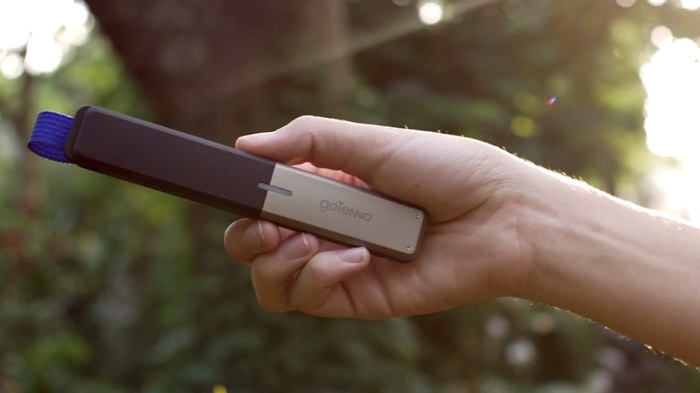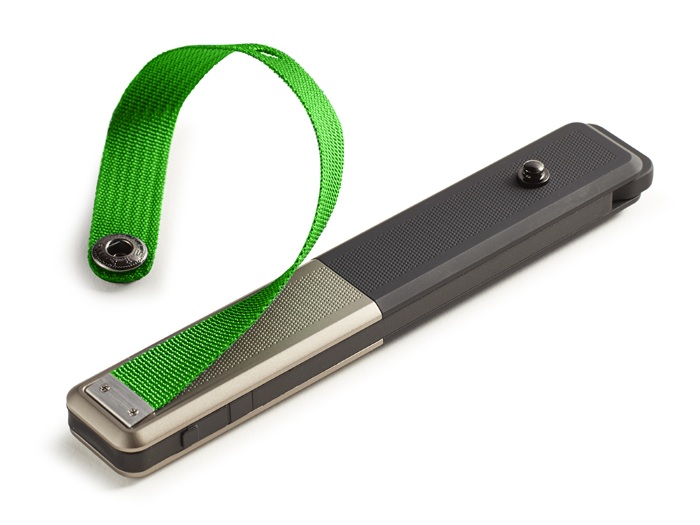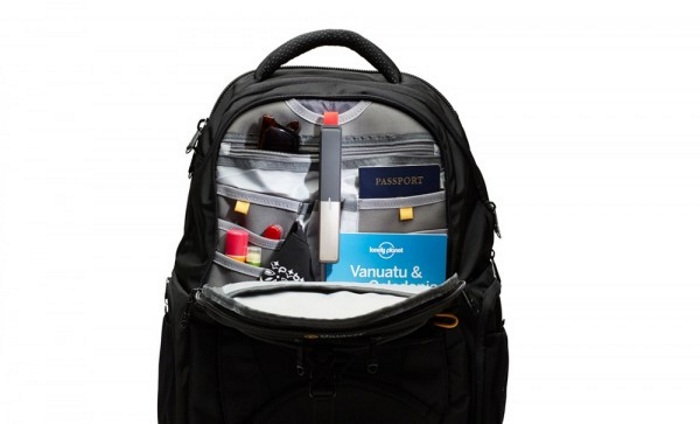The feeling of being without service is no doubt maddening. After all, why are we laying out hundreds of dollars for devices that don’t work when we want them to?

But being without service in a time when you need it can be downright scary. It was this experience that led goTenna cofounders Daniela and Jorge Perdomo to develop their device — the two were caught in the devastation that followed Superstorm Sandy and could not get in touch with their friends and loved ones to confirm everyone was safe and sound.

After that experience, Daniela and Jorge set their minds on developing a device that could create a personal, closed network between smartphones, even when the larger network is down. The result was goTenna, and the way it works is pretty simple: without ever connecting to a network of WiFi, two goTennas are able to create their own closed network by using low-frequency radio waves to communicate with one another. It’s just enough connection to send messages, and even drop location points on off-line maps to let one party know where the other is located.

A bit more technically, the goTenna pairs with the user’s smartphone vis-à-vis Bluetooth Low Energy (so long as the two devices are within 20 feet of one another). Using the goTenna app, the user types out a message to the goTenna, which then shoots it out via long-range radio waves to the other intended goTenna(s).
At the other end, the same sequence happens, just in reverse: the receiving goTenna sends the incoming message via Bluetooth Low Energy to the intended user’s smartphone through the app it’s paired up with. It might seem like a lot, but all of this happens in a matter of milliseconds.

The obvious question is just how far do two goTennas have to be in order to work? Unfortunately, there’s no exact answer for it, as this answer is largely dependent upon geography. The company did set up an interactive range calculator if you are really curious about this answer, but for what it’s worth, the devices can communicate up to 50 miles apart from one another with nothing in the way.
In terms of durability, the goTenna casing is made of high-grade metal, nylon, and silicone. It’s industrially designed to be water-resistant and dust-tight, which is important because internally, there’s a circuit board, radio chips, custom antenna, and rechargeable lithium-ion battery.

Regarding the latter component, the goTenna can be powered up using any micro-USB cable, and will last 24 hours under continuous use, and up to 72 hours under intermittent use. If powered off after a full re-charge, the battery will hold its charge for a year.

The capability and durability of the goTenna makes it useful beyond surviving disaster scenarios — for instance, it can be used when camping with a group, especially when part of the group wants to venture off to explore one area, while another part of the group stays behind. Wooded areas and mountainous regions are notorious for bad service, but having a pair of goTennas between the two groups ensures there can still be some level of communication while apart.

On the flip side, the goTenna makes a great communication device in areas where the network is overloaded. Case in point: music festivals, where everyone has their phone out trying to send pictures, message one another, upload social status updates, and so on. A private goTenna network allows two parties to communicate with one another beyond the overwhelmed, larger network, to ensure both sides are safe.

For those interested, the goTenna is accepting pre-orders right now — a pair can be ordered for $150. Worth noting, though, is that this is an early bird discount of 50%. Once this period expires, the goTenna will retail for $300.
Shipments are expected to go out late Fall 2014.
Story via goTenna.com
Advertisement
Learn more about Electronic Products Magazine





